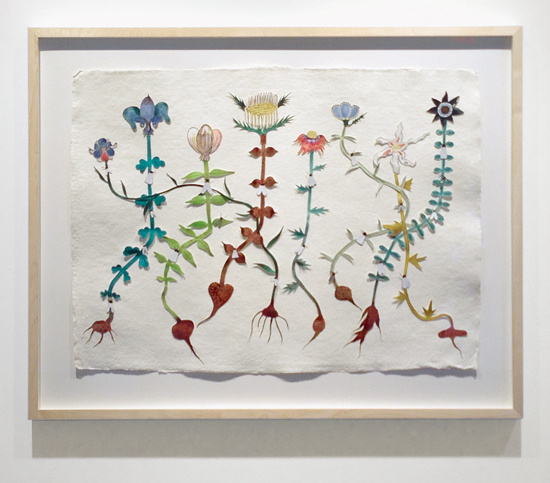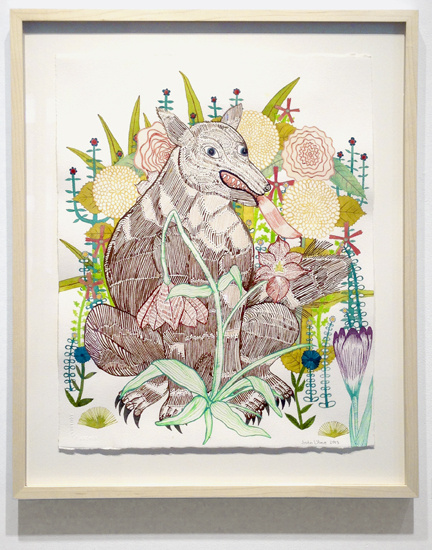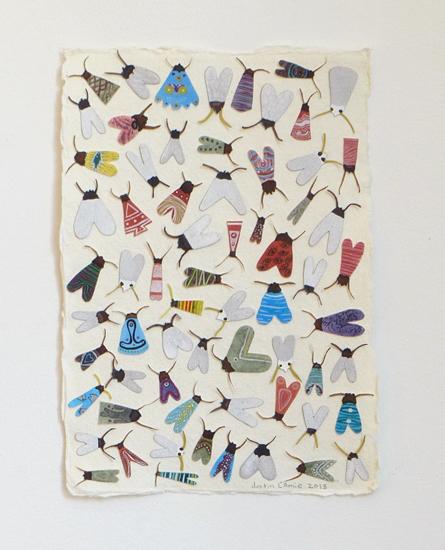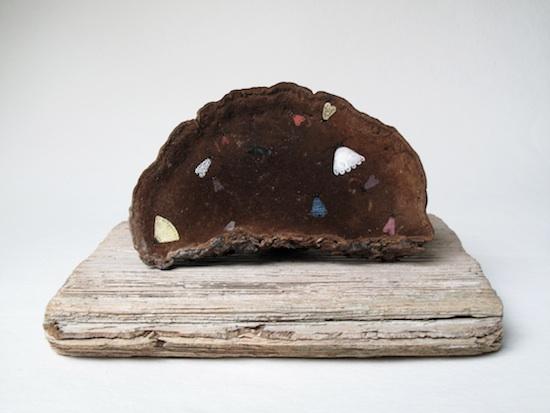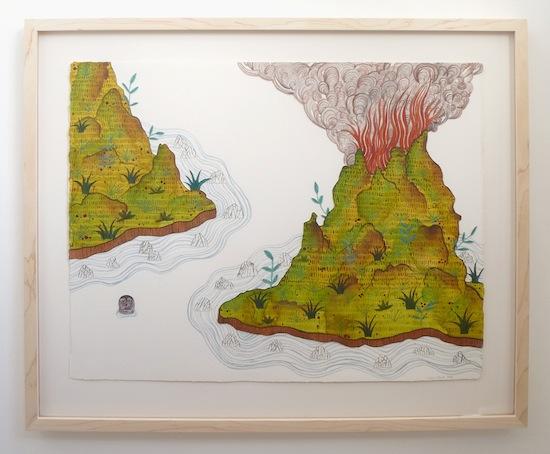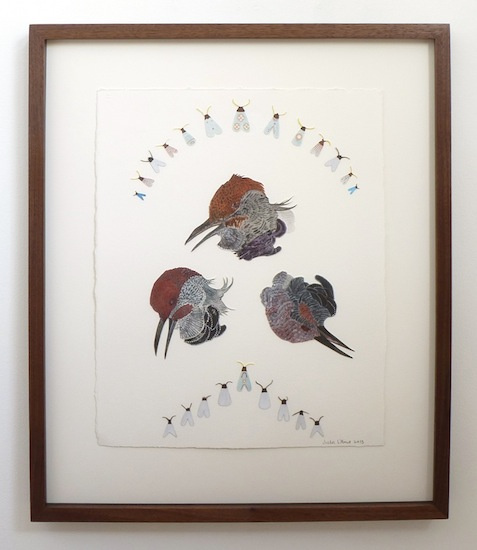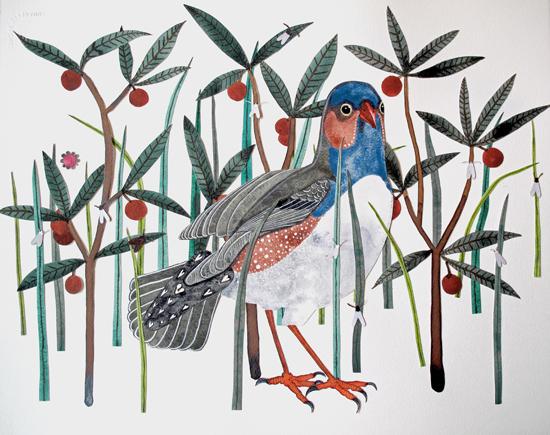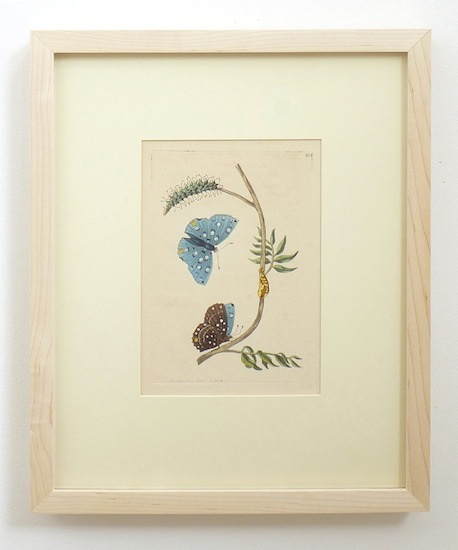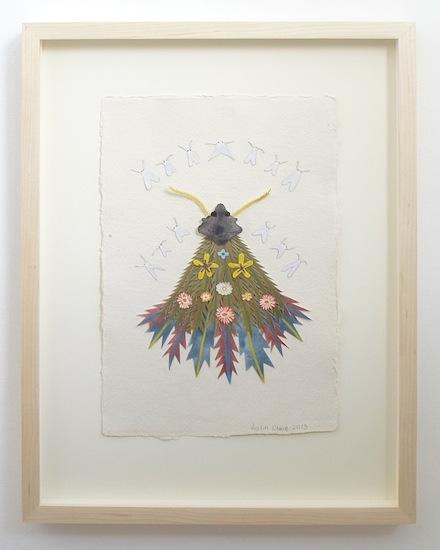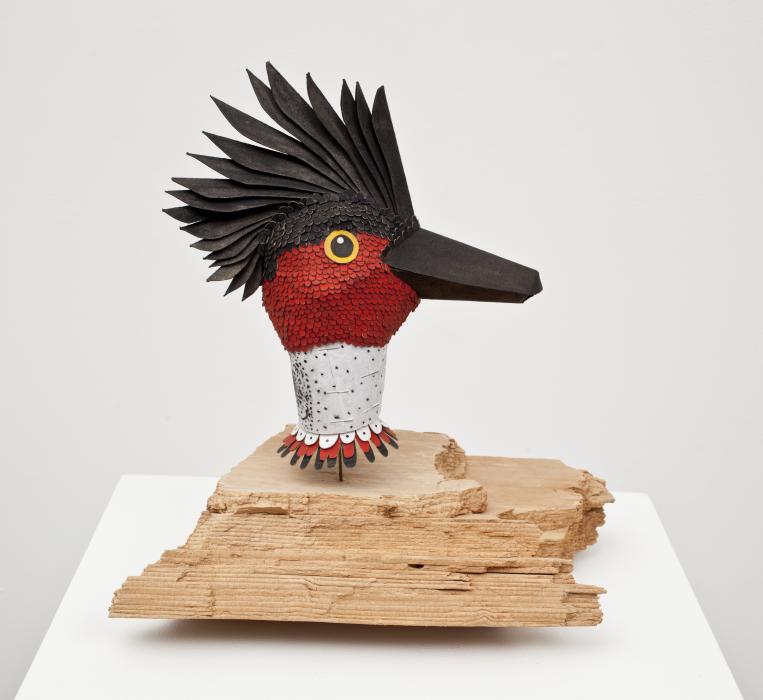The Trunk of a Tree
The Latin root of the word Codex is Caudex, which means the trunk of a tree or block of wood. The word now references a bound book (the word codex has basically been replaced by the word book leaving it to mostly reference early scriptures or manuscripts). For the last couple of years I have been more and more fascinated with early codices and manuscripts. They tend to be lavishly illustrated, and more often than not in a slightly naïve, simple or direct manner. Of course, when scrutinizing, deciphering or taking the scope of these volumes into account one gets that staggering feeling of something truly great having been accomplished or some great feat having been undertaken. I find them extremely interesting because of this. Many cultures produced them and for varying reasons. From the Aztec codex Borgia, to the French Codex Canadensis, they range from description and documentation of daily life or ritual to cataloging new plant and animal specimens on early expeditions to “new lands”.
I like the fact that the root of the word codex means trunk of a tree. Somehow in a very subtle, but satisfying way it ties my love of nature and this fascination with early books and art history together. While quite a few of these pieces are definitely inspired by the artists of theses early books and the works of naturalists, the work made for this show is not meant to be it’s own codex or be a mock manuscript or anything of that sort. I am just interested in this kind of work and have no shame in wearing my influences on my sleeve. Books and Codices are an intellectual and artistic point of departure for this body of work, and really a continuation of the theme of love and the balancing forces in nature, which is what my work will probably always be about in some form or another.

